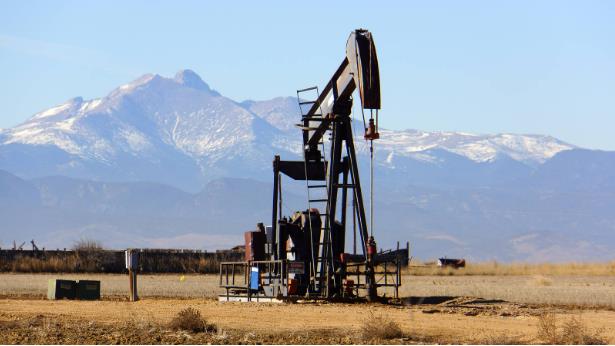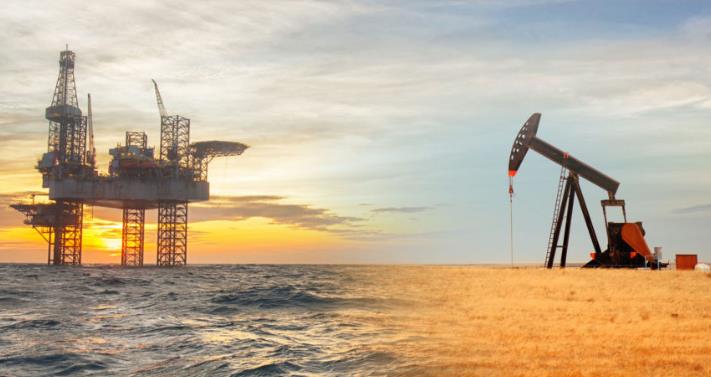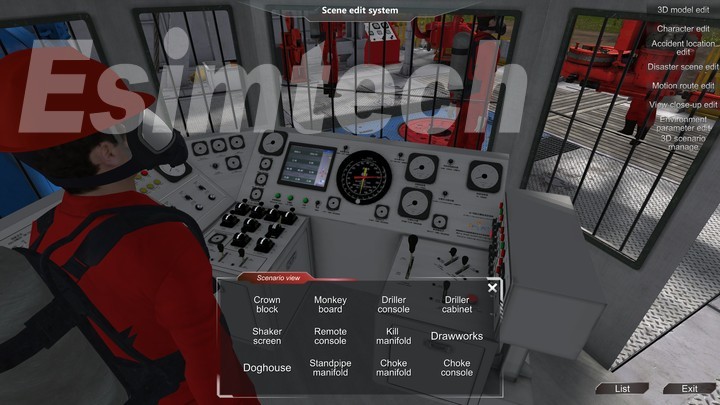In the contemporary world, the insatiable demand for energy has driven the exploration and extraction of oil reserves from the Earth's crust. Oil rigs, serving as technical marvels, play a pivotal role in facilitating this intricate process, enabling access to vast quantities of fossil fuels concealed beneath the ocean floor. This article explores the workings of an oil rig, from its construction to the extraction process.

Drilling Operations in the Workings of an Oil Rig
The primary objective of an oil rig is to drill wells for the recovery of oil and gas from beneath the Earth's surface. The process commences with the meticulous selection of drilling locations based on geological surveys and seismic data. Once a suitable location is identified, the construction of the rig begins.
Platform Construction
Oil rigs come in two primary types: offshore and onshore. Offshore drilling rigs are frequently utilized in water, presenting intriguing challenges due to the open sea and drilling depths. Offshore platforms vary in styles, including fixed platforms, floating platforms, and subsea systems. Fixed platforms are erected on concrete or steel constructions anchored to the seabed, while floating platforms float on the water's surface, secured by mooring systems. Subsea systems involve drilling holes in the ocean floor without a visible surface structure.

Drilling Process
Oil drilling involves a multi-step procedure of boring holes through rock layers to access hydrocarbon sources. The process includes several phases:
Site Preparation and Well Design: Extensive geological studies inform the selection of potential drilling sites. Engineers design the well, considering factors like goal depth, expected reservoir characteristics, and the surrounding environment.
Rig Setup: Before drilling begins, the drilling rig, including the derrick, drawworks, and rotary table, must be transported to the site.
Spudding In: The initial drilling, known as spudding in, involves attaching a drill bit to the bottom of the drill string. The rotary table rotates, driving the bit into the ground. Sections of drill pipe are added to reach the desired depth as drilling progresses.
Circulation of Drilling Fluid: Drilling fluid, or "mud," is crucial for cooling the bit, pushing rock cuttings to the surface, and preventing the well from collapsing.
Casing and Cementing: Steel casing is placed into the well to support it and prevent collapses. Cement is poured into the annular gap between the casing and wellbore walls to produce a secure seal, limiting fluid flow between formations and protecting groundwater.
Drill Bit Types: Different drill bits are employed based on the rock formation. Roller cone bits are commonly used for softer formations, while diamond bits are suitable for harder rock.
Measuring and Logging: Sensors and equipment capture data about the well, aiding geologists and engineers in understanding the subsurface environment.
Directional Drilling: Wells may need to be drilled at an angle to access reservoirs beneath impediments or in atypical formations. Directional drilling techniques involve using specialized equipment to control the hole's trajectory.
Drilling Engineering Simulations in the Drilling Process
Drilling engineering simulations use computer-based models to simulate and analyze various aspects of the drilling process. These simulations include hydraulic modeling, drilling dynamics modeling, wellbore stability modeling, pore pressure prediction, and wellbore trajectory planning.

Extraction and Production in the Workings of an Oil Rig
After drilling, the extraction and production process begins, constructing channels for oil and gas to flow from the reservoir to the surface.
Casing and Cementing: Steel casing stabilizes the wellbore and prevents collapse. Cement is poured into the annular gap between the casing and rock walls to maintain a secure seal and protect groundwater.
Well Completion: The well is finished by inserting production tubing into the casing, providing a conduit for the passage of oil and gas to the surface while maintaining well integrity.
Extraction and Separation: Oil and gas naturally rise to the surface due to reservoir pressure. Additional measures may be used to improve flow. Extracted fluids are sent to the platform’s processing facilities upon reaching the surface.
Processing and Storage: Separation techniques remove contaminants, water, and gas from the produced oil. Crude oil is produced and stored in tanks on the platform before being transported to refineries for further processing.
Conclusion
Oil rigs involve sophisticated procedures requiring expertise from diverse sectors—from selecting drilling sites and navigating the challenging drilling process to subsequent extraction and production operations. As technology and procedures continue to evolve, oil rig operations will contribute to meeting the energy needs of modern society.